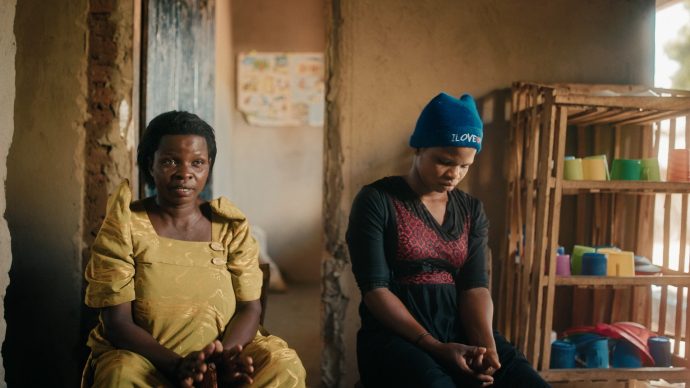Når lokalbefolkningen er involveret i driften, bliver skoven sundere målt på flere parametre. Det viser et studium af skov i Cambodia, et land med en af verdens allerhøjeste rater for afskovning.
A study on deforestation in Cambodia has found that forests are better protected when local communities are given the responsibility to manage them locally, Mongabay.com writes Wednesday.
Cambodian forest troubles
Cambodia has one of the highest rates of deforestation in the world, losing 1.2 per cent each year from 2005-2010. The loss of forests due to illegal logging, commercial agriculture, and other factors can have a devastating impact on local communities, as well as contributing to global climate change. In a country beset by corruption and ineffectual state forest management, alternative models of forest protection are clearly needed.
Research by the Universities of Exeter and Oxford looked at how effective community forestry is in reducing deforestation and supporting livelihoods in the Prey Long forest area of Cambodia.
Prey Long forest is one of the last lowland evergreen forests of mainland Southeast Asia. Banteng – wild Cambodian cattle – roam the grassy clearings, and pangolin hide in the shadows. Prey Long is home to an endemic forest type – deciduous swamp forest – and to many rare tree species including krunueng, targeted by loggers for it’s high value on the illegal timber market.
Benefits of community forestry
Community forestry aims to reduce illegal logging and deforestation by creating local village institutions. Local people patrol the forest looking for loggers or signs of damage. They benefit from the right to use forest products and increased tenure security over forest resources. This paradigm of forest management has developed since the early 1980’s as part of a wider movement toward participatory development. Elinor Ostrom, the late scholar of community forestry, received the Nobel Prize for Economics for her work on community resource management.
Community forestry has been established for over ten years in Cambodia, yet to date there has been no research into its effect on forest condition. The study, led by myself (Frans Lambrick) and funded by the ADM Capital Foundation, assessed the effectiveness of community forestry by comparing nine locally managed sites with paired controls in state production forests. The findings are published in the latest issue of Conservation Biology.
We discovered that sites maintained by locals had fewer signs of man-made damage such as cut stems, stumps and burned trees. There were also more regenerating stems, a higher aboveground biomass and reduced canopy openness. The research also showed community forestry was most effective where the community relied on forest products to support themselves.
The Prey Long landscape covers 520,000 hectares of lowland evergreen forest and is home to 80% of Cambodia’s economically valuable and endangered endemic tree species. Approximately 250,000 people live in 340 villages in the area and are heavily reliant on forest products as a source of income. Resin trees are particularly important. These are species of Dipterocarp that produce natural resins collected by local people and sold for use in industry.
Ways of life in Prey Long are transforming as wage labour is increasingly common and long-standing traditions of natural resource use are eroded through deforestation. The communities’ main hope for the future is through law enforcement. The local people in the area have a growing tradition of community forest management, and there is now clear evidence that it is effective.
Read the entire story here on Mongabay.com














